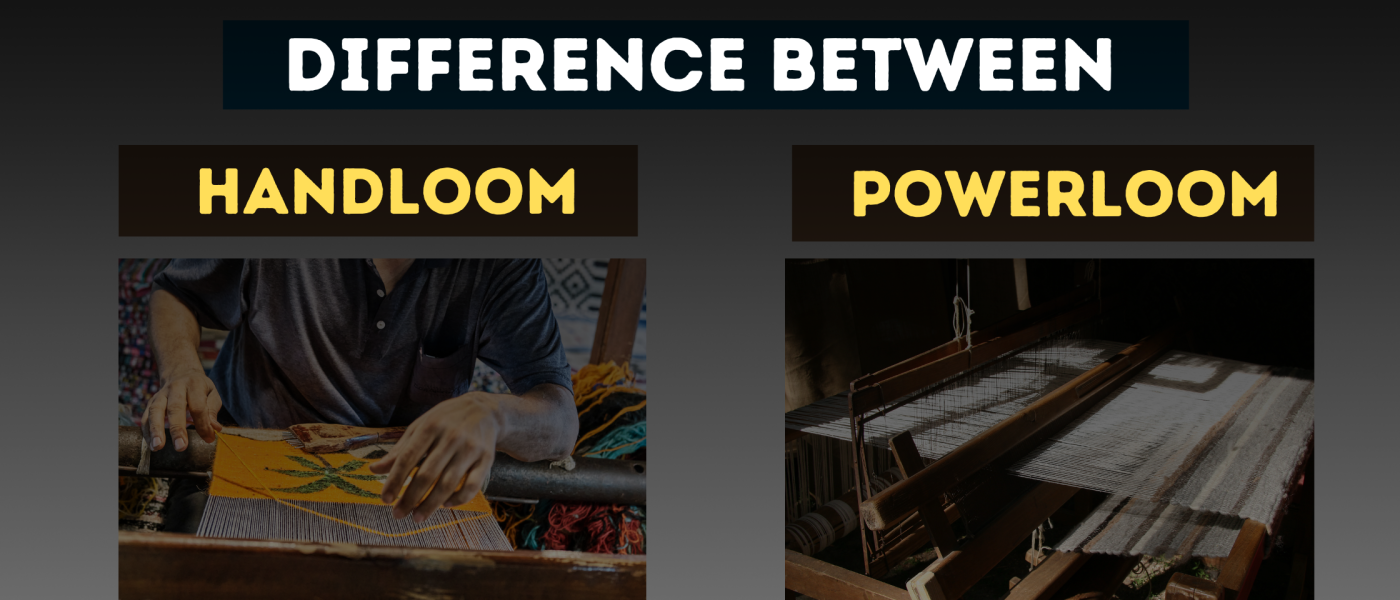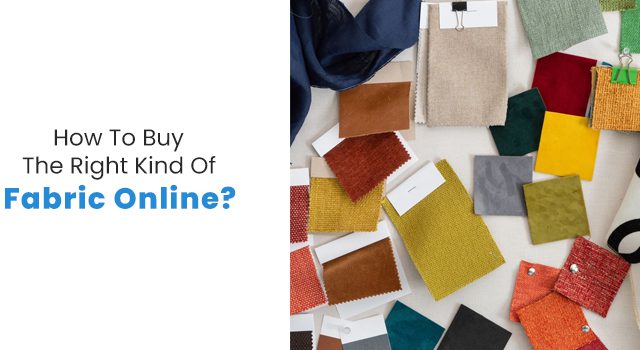When your buyers seek authentic greige fabric, handloom textiles come out as the best choice. Handloom fabrics are crafted through traditional methods using wooden looms, ensuring a unique touch to each piece. With the rising demand for sustainable fashion, there’s a notable reappearance in the cottage industry and Indian handloom production. Fabric manufacturers in Delhi are accepting this trend, directing their attention towards selling handloom textiles via DMI and TEXchange platforms.
This transformative shift towards eco-conscious fashion holds benefits not only for the environment but also for local artisans and wholesale fabric suppliers online in India, as the country is the world’s largest producer of handloom, catering to 85% of global handloom needs. So, if you are planning to start a business in this sector, understanding the difference between the handloom and power loom textile production process will give you clarity of thought.
Difference Between Handloom and Powerloom
Assuming that you know the basics of textile construction and yarn components, such as warp and weft yarn, and how they are intertwined, we will dive straight into the differences between both processes.
Weaving Process
In most textiles, weavers first set up the warp thread on the loom’s frame. The warp thread is fixed and doesn’t move during the process. An opening or shed is created by raising the warp thread at a specific point to pass the weft thread. In power loom, this is done by a special machine called a jacquard.
However, the main difference is:
Handloom: If you’re using a handloom, you take a shuttle (a small tool) with the weft thread rolled inside, and you throw (pick motion) it through the opening by hand, just like tossing a ball back and forth, creating fabric.
Power loom: In a power loom, machines do the work. They use special machines to throw the weft thread through the opening automatically.
Cost of Production
Because power-loom production is faster for apparent reasons – electricity and automation – modern power-loom textile is much more affordable than handloom textile.
For instance, in the context of silk Banarasi fabrics, a power loom fabric manufacturer in Delhi can produce 5 – 25 meters of fabric per day, while a handloom weaver can produce only 10 – 80 cm in the same amount of time.
While power looms can save cost, the speed at which fabrics are produced has some disadvantages:
- Pure silk yarns cannot be produced through power looms as the delicate threads may break during high-speed weaving.
- One unsuccessful design produced by a power loom can significantly affect the manufacturer’s working capital, as the entire lot can be disqualified.
- Power loom is considered less exclusive, while handloom is categorized as a premium or luxury product.
- If your buyers are looking for intricate designs, pure yarn, and finesse, handloom products are a better solution, as power loom manufacturers almost use blended yarns.
Therefore, if your target buyers prioritize premium, flawless, and pure products without cost concerns, then handloom is the ideal business option.
Fabric Design and Patterns
There are certain designs and modifications that are only possible in handloom. For instance, in Pattu weaves, the gold and silver motifs are handwoven by moving the extra weft threads onto specific areas. This makes the fabric extra special and unique, which is not possible in automated, pre-built motions of power looms.
What is Better? Handloom or Powerloom?
While handloom is valuable, one-of-a-kind, and can be counted as a luxury product, power loom textile has its own charm as power looms can create beautiful textiles for low cost. At TEXchange Global, we help both power loom and handloom sellers trade their products at the best value globally.
While power looms have taken over the textile industry in many parts of the world, handlooms continue to thrive in India. You can buy fabric online in India across 30+ handicrafts through Damodar Menon or at TEXchange Global.




